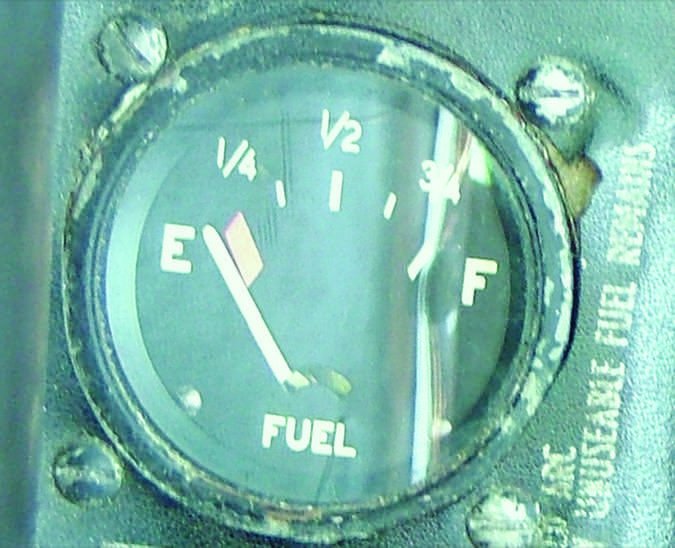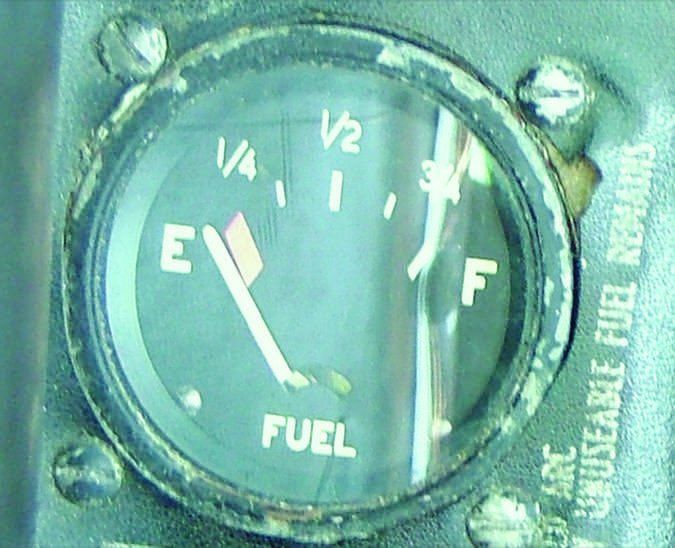Many years ago, I had an experience that is still fresh in my mind, and I thought I would share it with your readers. I was a member of the Beech Aircraft Flying Club at the time and was using one of their Sundowners for a short trip from the factory in Wichita to Chanute, Kan. Before taking off, I preformed the typical walkaround, sumping the fuel drains, checking the oil, etc.
In retrospect, I should have been a bit more careful and ensured the left wing’s fuel sump drain shut off the flow of fuel when I released it after getting a sample. But I didn’t and turned away, finishing the preflight inspection. I also did not notice the trickle of fuel continuing to drain out of the tank before I boarded the airplane, started it and taxied away from the ramp.

In fact, I was some 70 nm away, over the small town of Fredonia, Kan., before I knew anything was amiss. What had to be a relative trickle of fuel through the stuck sump drain surprised me with a sputtering engine as it ran out of fuel. I just knew both wing tanks were full when I left Wichita.
At least I had the presence of mind to switch from the left to the right wing tank. Shortly, the windmilling prop restarted the engine just fine and I continued on to my destination.
At Chanute, I discovered the left fuel tank was totally empty. Of course, the sump drain was still open, so as I refilled the tank, the leaking renewed itself. With a quick push, it snapped shut. That was effectively the end of the story. After replacing the small amount of fuel I burned from that tank, along with the larger amount that drained out, my wallet was a few bucks lighter, but I learned a couple of lessons.
The first lesson is one with which we all should be familiar: If something can go wrong, it will. While I had enough training and experience to know what I was doing, I had never considered a spring-loaded drain valve wouldn’t snap back to its closed position.
By now, you also should be familiar with the second lesson: As you sump your fuel drains, pay attention to make sure they are fully closed and not leaking before turning your back on them and diverting your attention to other items on your preflight checklist.
— Rollie Cornelson




